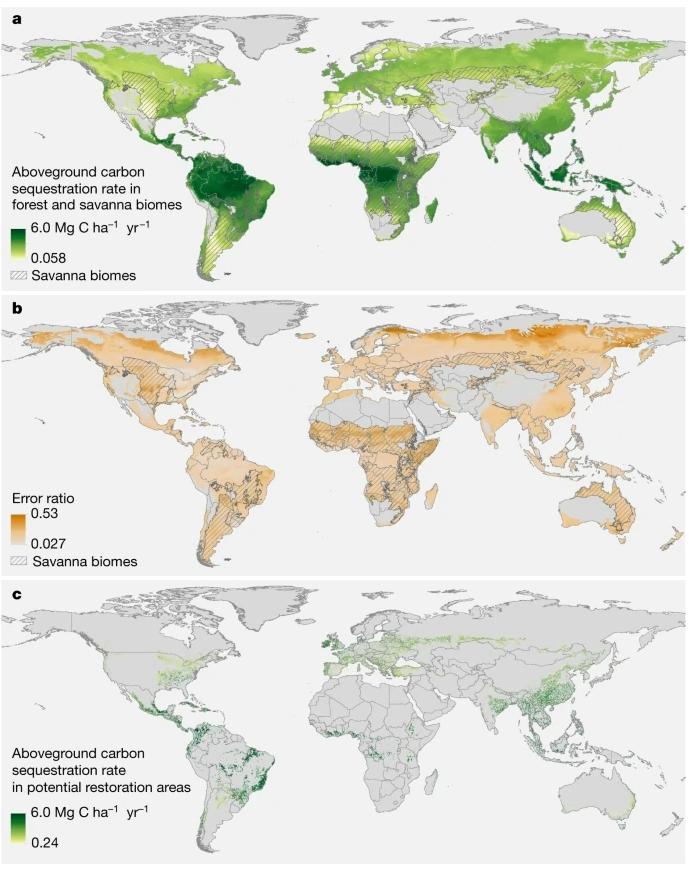
Even though N₂O’s Ozone Depletion Potential is only 0.017, roughly one-sixtieth of CFC-11s, the large anthropogenic N₂O emissions make N₂O the single most important source of ozone depletion (that was in 2009!)
1/
science.sciencemag.org/content/326/59…
1/
science.sciencemag.org/content/326/59…

For the emission metric nerds out there, there is a close historical link between the Global Warming Potential (GWP) and the Ozone Depletion Potential (ODP).
The paper uses GWP & ODP, to contrast climate & ozone impacts.
2/
The paper uses GWP & ODP, to contrast climate & ozone impacts.
2/

If you want to understand the GWP, read up on the ODP...
In this paper on the integrated Global Temperature change Potential (iGTP) I dug into some of the history, & it made me understand the GWP much better...
3/
iopscience.iop.org/article/10.108…
In this paper on the integrated Global Temperature change Potential (iGTP) I dug into some of the history, & it made me understand the GWP much better...
3/
iopscience.iop.org/article/10.108…

At the time (pre-1990) the GWP was a direct analogy of the successful ODP. The problem was that CO₂ was a hopeless reference gas. In contrast, CFC-11 was a great reference gas for the ODP!
The long-term behaviour of CO₂ is essentially what makes the GWP so problematic...
4/4
The long-term behaviour of CO₂ is essentially what makes the GWP so problematic...
4/4

• • •
Missing some Tweet in this thread? You can try to
force a refresh















